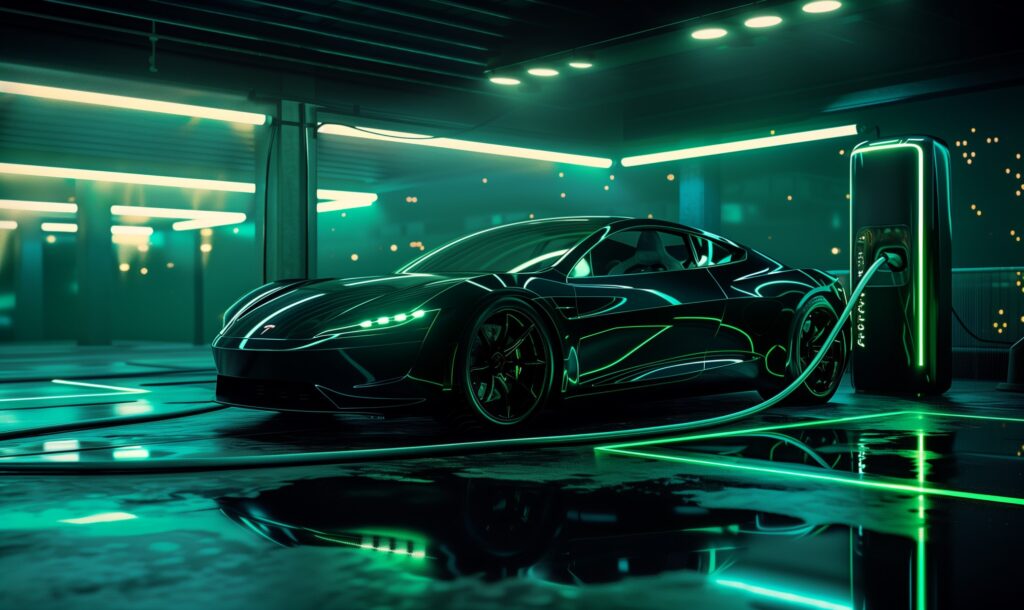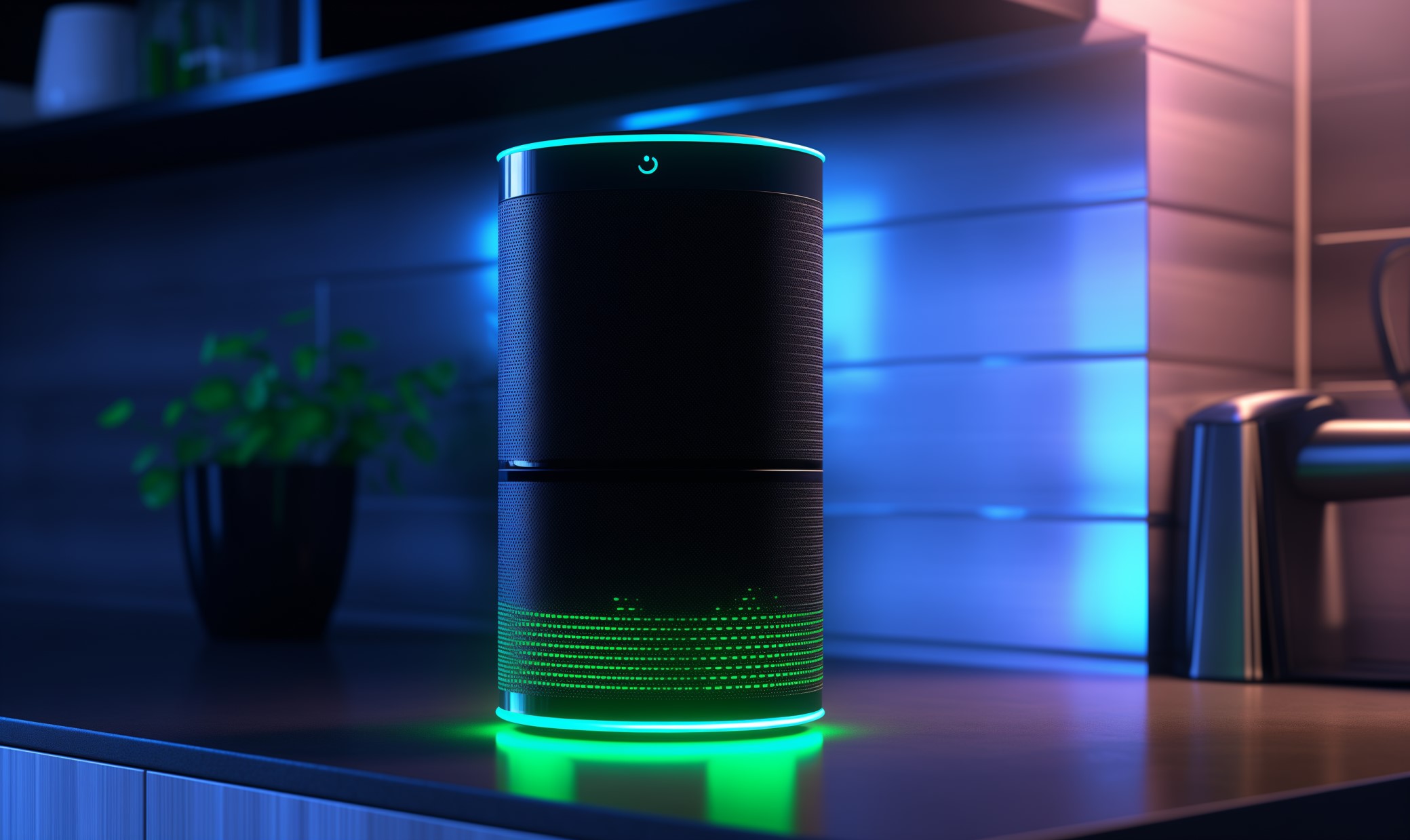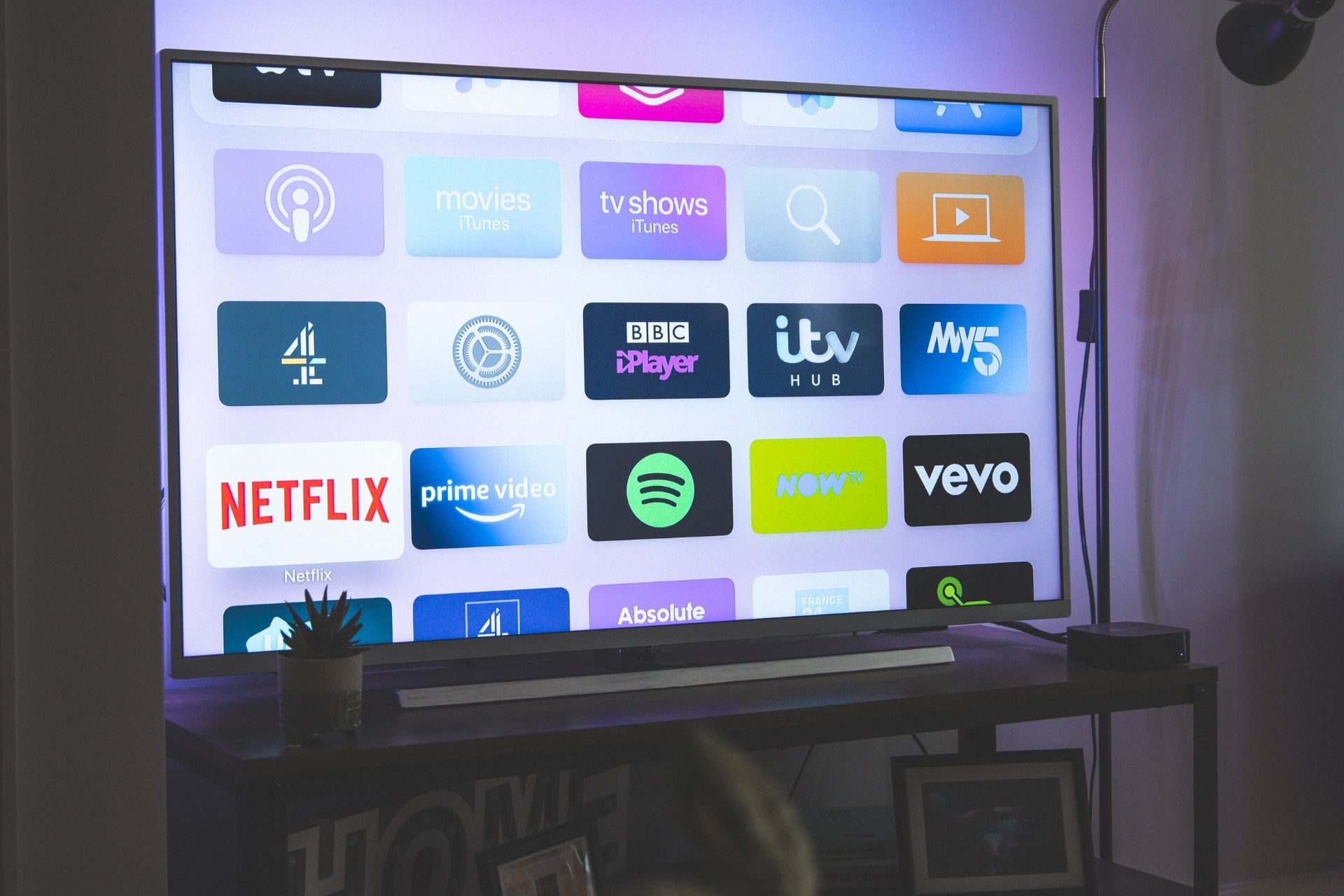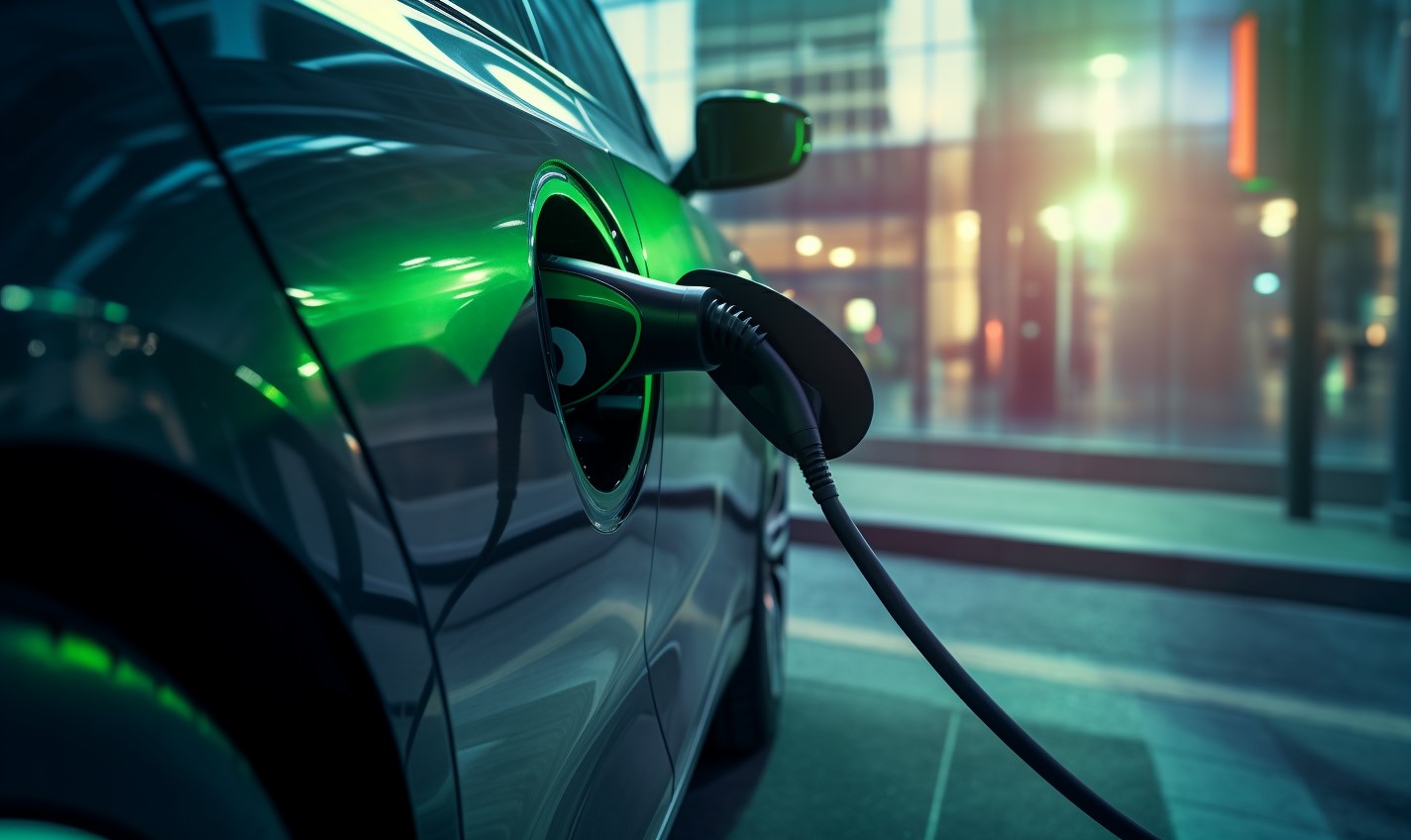It’s an undeniable truth that automation has streamlined the American lifestyle. The small inconveniences of yesteryear — from adjusting a thermostat to ordering off a physical menu at a restaurant — have seen smart solutions as technology continues to advance. In all areas of society, it spreads, including self-driving cars.
Self-driving cars are by no means a new idea, but the development of the software has taken a very long time, encountering both backlash and controversy. Many in the transportation industry fear it will claim their jobs, and others opine it’s irresponsible to trust an AI with maneuvering large vehicles.
Both parties have a point, and the latter is especially on the mark. Considering a self-driving Uber hit and killed a pedestrian in Arizona, it’s justifiable to worry a glitch will endanger human life. Self-driving cars claimed an actual victim, which makes them more than just a hypothetical threat.
Companies are spinning their wheels as they try to shift this field of automation past the experimental stage. But they eventually will, and when they do, infrastructure will have to change to accommodate the massive transition. The question is, what will these changes look like?
Dangers of Integration
At first blush, the integration of self-driving cars in an urban environment seems like a positive addition. As developers improve the technology over multiple iterations and amend any problems, we could expect a more efficient and sustainable means of transport. No more waiting for the bus.
But urban planners see a flaw in city infrastructure designed to manage self-driving vehicles. Some of them claim we’ll have to make a compromise between driverless vehicles and communities where people can safely navigate on foot or bicycle. What’s the cause of this division?
The problem will emerge from an overreliance on safety protocols. Transportation scholar Daniel Piatkowski sees a future where cyclists no longer avoid major roads, secure in their belief that a self-driving car won’t strike them. If too many cyclist commuters adopt this mindset, it could prove dangerous.
Without new rules and regulations local governments strictly enforce, nothing is stopping children and teenagers from disrupting the flow of traffic, whether for amusement or a legitimate reason. No system is perfect, and adding an imperfect human element to the mix is a formula for disaster.
The problems of integration are not without their solutions. Regulating the behavior of pedestrians around roadways is already a common practice, and instituting new guidelines that dictate how they should act is far easier than building new streets. Of course, this would require more rigid laws that may infringe on rights.
Benefits and Changes
Despite hazards — both imagined and real — self-driving cars will bring incredible convenience to Americans all across the country. Members of the workforce who suffer through a long commute will have an opportunity to use their new free time on more productive pursuits instead of staring at the road.
Efficiency is another strong selling point behind the concept of automation. With programs that choose only the shortest routes, make only the necessary adjustments and know precisely when and where to stop for refueling, the money owners will save will add up quickly. But cities will have to adapt.
An increasingly digital transportation system will demand digital infrastructure to scale, and authorities will have to increase their current capabilities to keep pace with progress. That includes an upgrade in data management and communications, as well as acknowledgment of privacy policies and security.
Far in the future, when self-driving cars are standard, it’s fair to expect roadways will no longer take up as much space. Without human error, self-driving cars will drive closer to each other in tighter confines to maximize efficiency. Some of the initial changes are already in the pipeline.
As for Uber, a single death wasn’t enough to stop them from allowing their self-driving cars back on the road. It seems as though nothing will slow the movement, and those who aren’t presently on board will have to adjust to a new reality — whether they’re comfortable with the prospect or not.
The Foreseeable Future
In preparation for self-driving vehicles, some cities are prioritizing plans for the inevitable conversion over maintenance of public transit systems. Officials neglect subways and light rail for the more pressing concern of automation, leaving some disaffected city residents unhappy with their decisions.
But dissatisfied residents and fatal accidents are not enough to shift this movement into reverse. Not with its current traction. And whatever your opinion, it’s impossible to dispute the fact that — however difficult or painful it may seem — change is ultimately necessary.
Recent Stories
Follow Us On
Get the latest tech stories and news in seconds!
Sign up for our newsletter below to receive updates about technology trends














